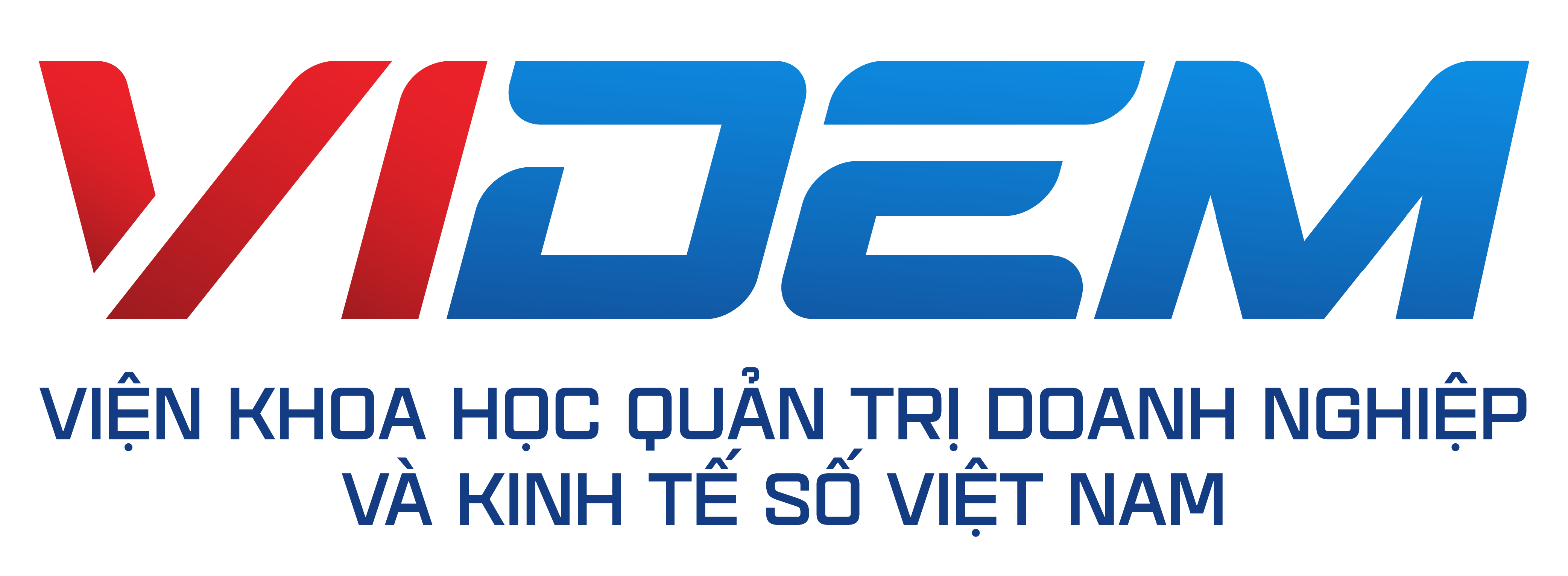That it file is supposed just to render understanding to the public out-of existing criteria according to the law or institution guidelines
Brand new contents of it document don’t have the force and aftereffect of rules and therefore are maybe not meant to join people in any way.
(a) Standard –
The general provisions of Title VII prohibiting discrimination have a direct and obvious application where the selection criteria include height or weight requirements. * As an example, national statistics indicate that females on average are not as tall and do not weigh as much as males. The result is that, if meeting a minimum height or weight limit is a requirement for employment, these protected group members will most likely be disproportionately excluded as compared to their actual numbers in the population. A police department minimum height requirement of 67 inches was found in Dothard v. Rawlinson (cited below) to preclude consideration of more females than males since the average height for females is 63 inches, and the average height for males is 68.2 inches. According to the Supreme Court, this constitutes the sort of artificial, arbitrary, and unnecessary barrier to employment that Title VII was intended to remove or eliminate. Dothard v. Rawlinson, 433 U.S. 321, 14 EPD ¶ 7632 (1977); citing Griggs v. bbpmeet Duke Energy Co., 401 U.S. 424, 3 EPD ¶ 8137 (1971).
(b) Examining Top and you will Weight Charges –
The approaches chatted about for the § 604, Concepts away from Discrimination, could be applicable in the considering level and you can weight charge. Felt like circumstances and conclusion provides handled one another disparate treatment and you can negative effect analyses, and with discrimination based on intercourse, national origin, also to a lower the quantity, battle.
(1) Different Medication Studies – The disparate treatment analysis is typically applicable where the respondent has a height or weight requirement, but it is only enforced against one protected group or class and not against others. For instance, in U.S. v. Lee-way System Freight Inc., 7 EPD ¶ 9066 (D.C. Okla. 1973), the respondent, a trucking company, strictly applied its height and weight requirements for driver positions when considering Black applicants, while liberally granting exceptions when considering White applicants. Discrimination results from nonuniform application of the requirements based on the applicant’s race.
(2) Negative Feeling Research – This approach is applicable where on its face a minimum height or weight requirement constitutes a neutral employment policy or practice that may be applied equally to all protected groups or classes. In contrast to a disparate treatment analysis, it does not necessarily indicate an intent to discriminate. An adverse impact analysis does not require the proving of intent, but rather it focuses on the effects of the employment policy or practice. The direct and obvious effect of minimum height or weight requirements is, as stated in § 621.1(a) above, to disproportionately exclude significant numbers of women, Hispanics, and certain Asians from consideration for employment. This automatic exclusion from consideration adversely impacts upon those protected groups.
(i) Usage of National Analytics – In dealing with height and weight requirements it may not in many cases be appropriate to rely upon an actual applicant flow analysis to determine if women and minorities have been disproportionately excluded. The Court in Dothard (cited below and discussed in § 621.1(b)(2)(iv)) stated that since otherwise qualified individuals might be discouraged from applying because of their self-recognized inability to meet the requirement, the application process might not adequately reflect the potential applicant pool. A potential applicant who does not meet the announced requirement might therefore decide that applying for the job would be futile. Since there is little likelihood, except rarely, that height and weight characteristics will vary based on a particular locale or region of the nation, national statistics can be relied upon to show evidence of adverse impact, instead of actual applicant flow data.

Viện Khoa học Quản trị Doanh nghiệp và Kinh tế số Việt Nam
Viện khoa học quản trị và kinh tế số Việt Nam ( VIDEM) là đơn vị có chức năng tư vấn, kết nối các doanh nghiệp Việt Nam trong việc áp dụng khoa học, chuyển giao công nghệ, tham gia mạng lưới sản xuất, hệ thống phân phối, kinh doanh theo quy định Pháp luật Việt Nam, theo Luật pháp Quốc tế mà Việt Nam tham gia hoặc công nhận.
Thông tin liên hệ
Hotline: 024 3674 1116
Email: info@videm.vn
Địa chỉ: 562 Nguyễn Văn Cừ, phường Gia Thụy, quận Long Biên, Hà Nội
